Speed
This project is about investigating the factors that make a car go faster and predicting future motion.

1. Preparation
(15-30 minutes)
• Read about the project so you have a good idea of what to do.
• Define how you want to introduce this project: Use the video provided in the project in the WeDo 2.0 Software, or use material of your own choice.
• Determine the end result of this project: the parameters to present and produce the document.
• Make sure that timing allows for expectations to be met.
2. Explore phase
(30-60 minutes)
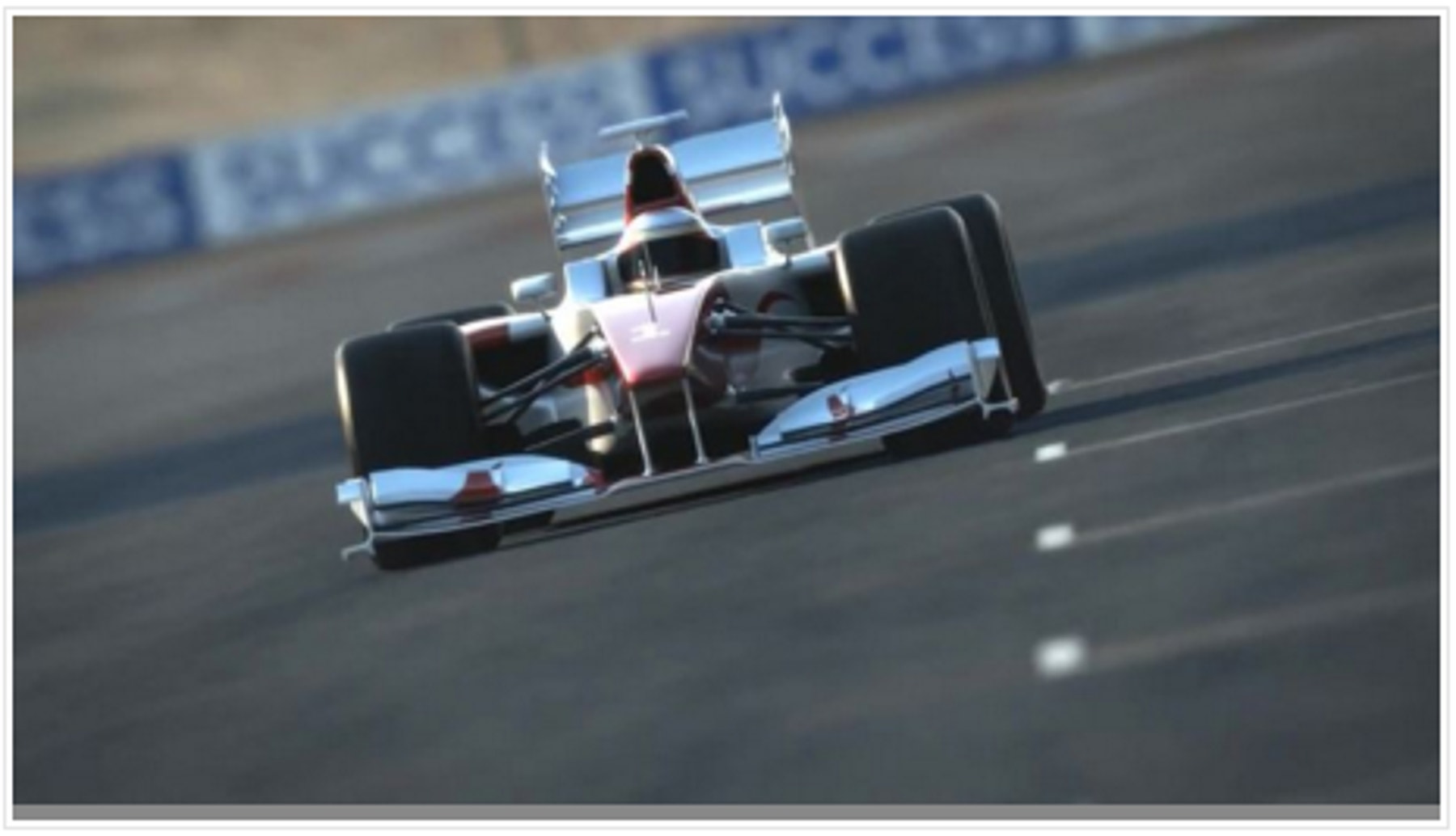
This project is an investigation; please refer to the “WeDo 2.0 in Curriculum” chapter for further explanation of investigative practices.
Introductory video
Here are some suggested talking points for the video:
- Cars allow us to move from one point to another, faster. But there was once a time when cars were slower than horses.
- In a quest for improvement, car engineers searched for elements that could increase the car’s speed.
- Engineers looked at all parts of the car to design stronger engines and mechanisms.
- Engineers improved the wheels and tyres by changing the size and materials.
- Today, cars can travel at speeds of up to 250 mph (400 km/h).
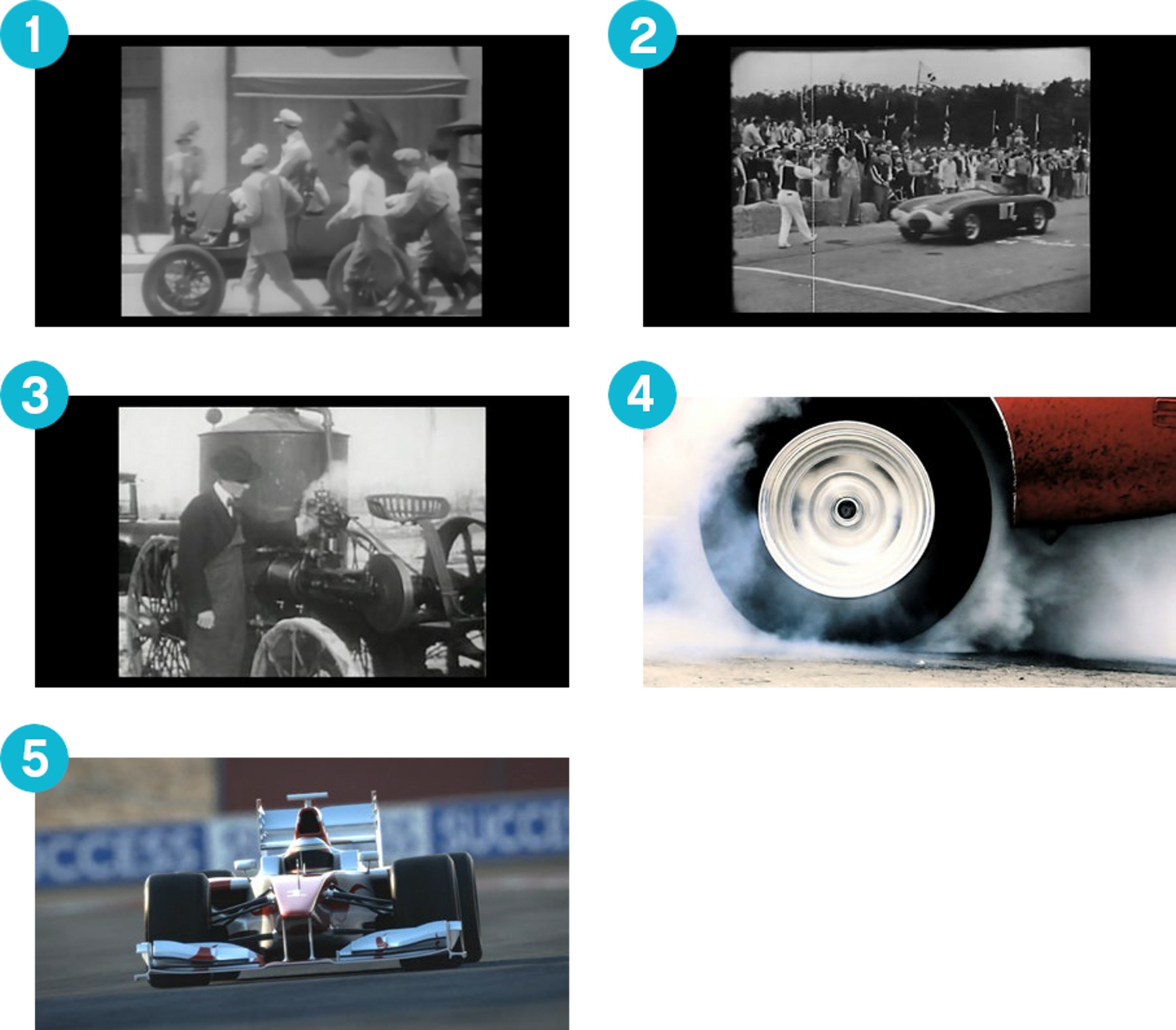
Questions for discussion
1.In what ways have cars have been improved to increase their speed?
There are many factors that can influence the speed of a car. The size of the wheels, engine power, gears, aerodynamics, and weight play an important role. The colour of the car, brand, or driver experience should not be considered as potential elements for study.
2.What elements can influence the time required for a car to travel a certain distance as quickly as possible?
This answer should provide prior knowledge regarding comprehension of the content. This means that at the beginning of the lesson, pupils’ answers can be incorrect. However, by the end of the lesson, pupils should be able to provide an accurate answer to the question.
3 What can you infer about the relationship between wheel size and the time it takes the car to move a set distance?
The larger the wheels, the faster the car will travel, if all other parameters are kept constant.
4.What did you notice about the configuration of the pulley and its effect of the car’s speed?
One of the pulley configurations makes the car go faster and the other reduces the speed of the car.
5.How can you measure the speed of an object?
Speed is measured by dividing the time required to travel a distance by the measure of that distance. A unit of speed is always distance divided by time.
Have your pupils collect their answers with text or pictures in the Documentation tool.
3. Create phase
(45-60 Minutes)
Build and program a race car
Pupils will follow the building instructions to create a race car. These types of vehicles are optimised to go as fast as possible.
1. Build a race car.
The drive module used in this project utilises a pulley. This pulley system can be assembled in two different positions: the reduced speed position (small pulley and large pulley), or the normal speed position (large pulley to large pulley).
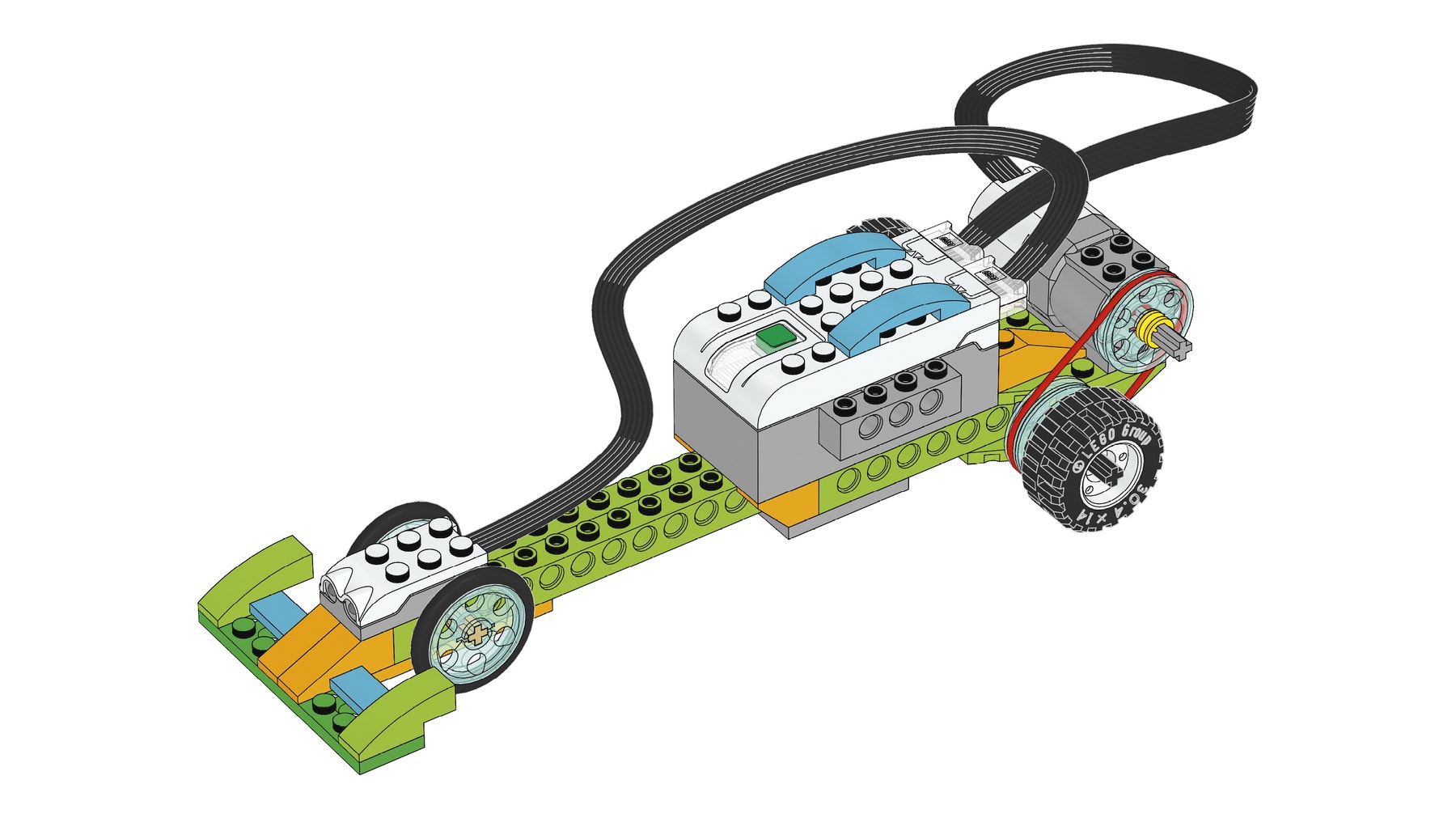
2. Program the race car to calculate time.
Pupils need to have a hand in front of the race car before the program is started. This program will start by displaying No. 0 and wait for the start signal. When your pupils remove their hands, the program will turn the motor on, go to maximum power, and repeat, adding No. 1 to the display. The loop will repeat until it reaches
the end of the race. The motor will then turn off.

Important
For this program, pupils need to put their hands in front of the car before they execute the program string. When they remove their hands, the car will start its race.
Important
For this investigation, it is crucial that you have the same set up throughout the test. It is the only way pupils can isolate one element at a time:
- The start line should always be at the same distance from the finish line, this could be a wall or a box.
- The distance between the start and finish line is greater than 2m.
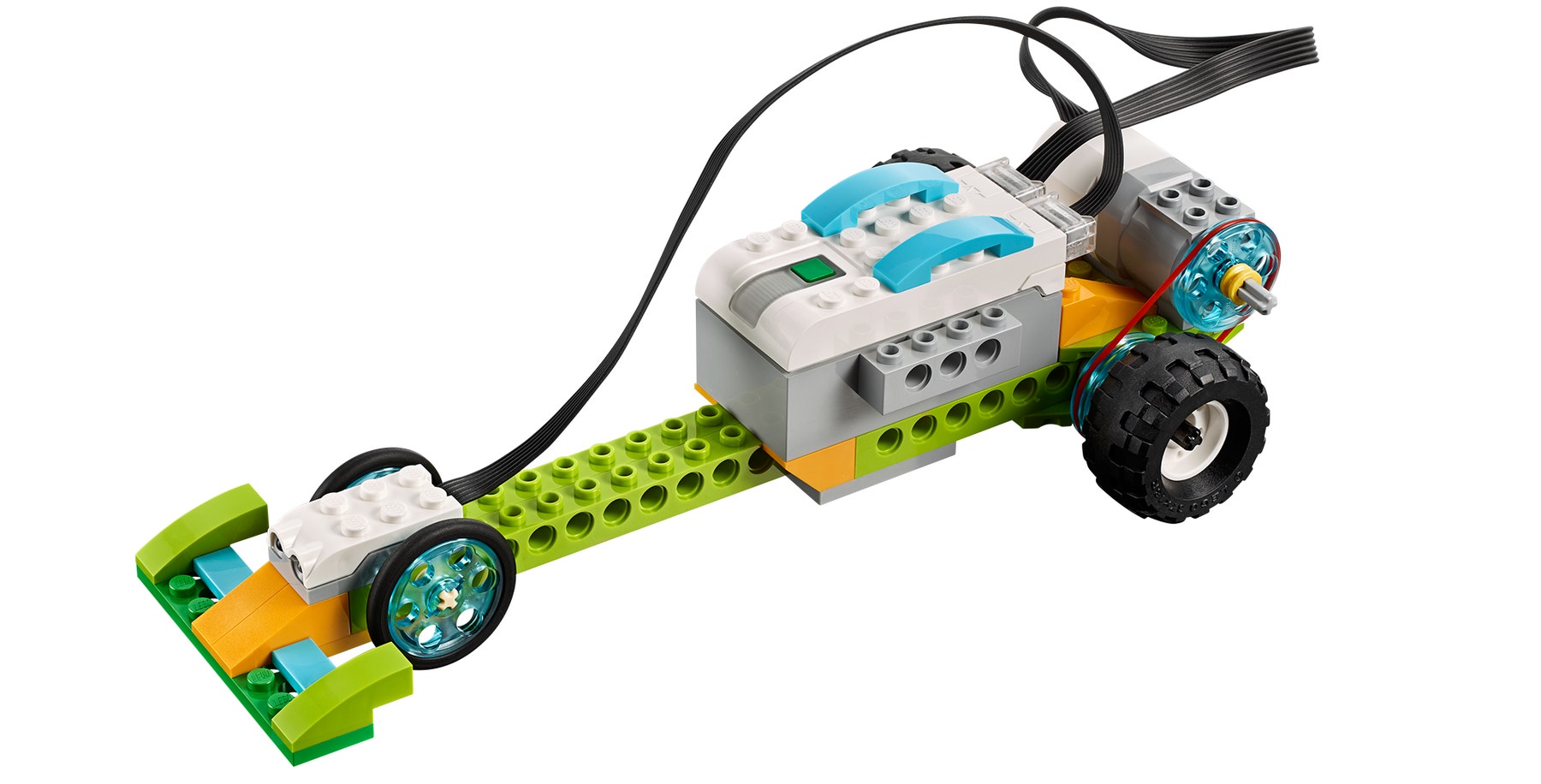
Investigate speed factors
With this model, pupils should be able to test different factors, one at a time. They should test at a distance greater than 2m to see results.
1. Run the race with SMALL wheels at motor power 10.
When running this test, pupils should record the number on the display. They should repeat the test three times to make sure it is consistent.
If the value in one of the three tests is disproportionate, repeat the test for a fourth time. This value is the approximate number of seconds it took for the race car to travel the distance.
2. Run the race with BIG wheels at motor power 10.
By changing the wheels, the race car should take less time to travel the same distance, and therefore, have a greater speed. Repeating the test three times will make sure it is consistent. If the value of one of the three tests is disproportionate, repeat the test for a fourth time.
Suggestion
Other options could be considered to reach a more precise result, including increasing the number of trials or finding the average result.
3. Predict the time it will take to travel twice the distance.
When the distance is doubled and the motor power level and size of tyres are the same as the previous test, the number of seconds should also double.
Investigate more (optional, 45-60 minutes)
Use the “Investigate more” section of the pupil project as an optional extension. Keep in mind that these tasks are an extension of the “Investigate” section and are designed for older or more advanced pupils.
With the same race car model and the same set up, pupils can hypothesise and test other factors that may influence the speed of the car.
1. Change the motor power.
Changing the motor power level from No. 10 to No. 5 will result in the race car taking more time to travel the same distance.
2. Change the drive mechanism (pulley configuration).
Changing the drive mechanism from the normal position to the reduced speed position will result in the race car taking more time to travel the same distance.
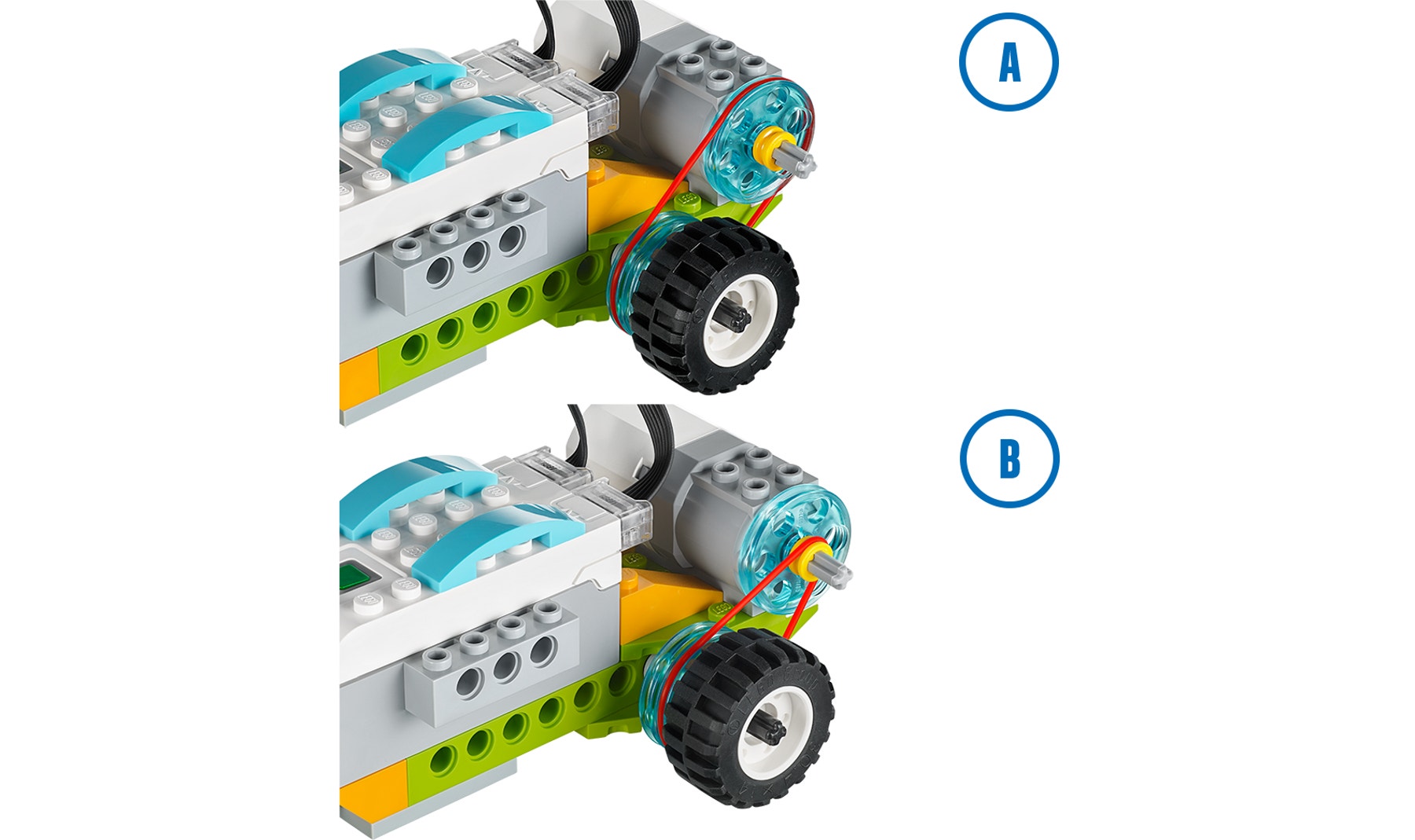
3. Investigate another element.
Ask the pupils to carry out the test based on another factor that they think could influence the speed of the race car. This could be its width, length, height, or weight, or another factor of their own choosing.
Collaboration suggestion
Allow your pupils ample time to design and build their own ultimate race cars. Encourage them to apply their findings to make them as fast as possible. Then organise a race to see whose car is the fastest.
4. Share phase
(45+ minutes)
Complete the document
Ask the pupils to document their projects in different ways:
- Ask them to take screenshots of their results.
- Ask them to compare images of their models with real-life images.
- Ask them to record project presentation videos.
Suggestions
Pupils may collect data in a chart format or on a spreadsheet.
Pupils may also graph the results of their tests.
Present results
At the end of this project, pupils should present the elements that influence a car’s speed. Conclusions should reflect the fact that larger tyres, stronger motors, and greater motor power, generate higher speeds.
To enhance pupils’ presentations:
- Ask them to put their explanations into context.
- Ask them to analyse real-life situations where they have observed speed as an element.
- Discuss the connection among their findings and these particular situations.
Project assessment
Scientific understanding assessment rubrics
You can use these assessment rubrics with the observation rubrics grid, which you will find in the “Assess with WeDo 2.0” chapter.
Explore phase
During the Explore phase, make sure each pupil is actively involved in the discussion, asks and answers questions, and can describe factors that affect speed in cars.
- The pupil is unable to adequately provide answers to questions, participate in discussions, or describe factors that affect speed.
- The pupil is able, with prompting, to adequately p ovide answers to questions, participate in discussions, or, with help, describe factors that affect speed.
- The pupil is able to provide adequate answers to questions, participate in class discussions, or describe the factors that affect speed, though not in detail.
- The pupil is able to extend explanations in discussion or describe in detail the factors that affect speed.
Create phase
During the Create phase, make sure each pupil is able to work as part of a team, test one factor at a time to determine its influence on speed, and use the information collected in the Explore phase.
- The pupil is unable to work as part of a team and complete the testing of each factor affecting speed in order to gather information.
- The pupil is able to work as part of a team and complete the testing, with help, of each factor affecting speed in order to gather information.
- The pupil is able to work as part of a team, contribute to the team discussions, and complete the testing of each factor in order to gather information.
- The pupil is able to work as part of a team, serve as the leader, and extend the testing of factors affecting speed beyond the required expectations.
Share phase
During the Share phase, make sure that each pupil can engage in discussions about the investigation, explain their findings, and use important information from their project to create a final report.
- The pupil is unable to engage in discussions about the investigation and use the information to create a final project.
- The pupil is able, with prompting, to engage in discussions about the investigation, and use limited information to create a basic final project.
- The pupil is able to engage in discussions about the investigation and use the information gathered to produce a final project.
- The pupil is able to engage extensively in class discussions about the topic, and use the gathered information to create a final project that includes additional required elements.
English, presentation and problem-solving assessment rubrics
You can use these assessment rubrics with the observation rubrics grid, which you will find in the “Assess with WeDo 2.0” chapter.
Explore phase
During the Explore phase, make sure that each pupil can effectively explain their own ideas and comprehension in relation to the questions posed.
- The pupil is unable to share his/her ideas in relation to the questions posed during the Explore phase.
- The pupil is able, with prompting, to share his/her ideas related to the questions posed during the Explore phase.
- The pupil adequately expresses his/her ideas related to the questions posed during the Explore phase.
- The pupil uses details to extend explanations of his/her ideas in relation to the questions posed during the Explore phase.
Create phase
During the Create phase, make sure that each pupil makes appropriate choices (i.e., screenshot, image, video, text) and follows the established expectations for documenting their findings.
- The pupil fails to document findings throughout the investigation.
- The pupil gathers documentation of his/her findings, but the documentation is incomplete or does not follow all of the established expectations.
- The pupil adequately documents findings for each part of the investigation and makes appropriate choices and selections.
- The pupil uses a variety of appropriate methods for documentation and exceeds the established expectations.
Share phase
During the Share phase, make sure that each pupil uses the evidence that they gathered during their investigations to justify their reasoning, and that they adhere to established guidelines when presenting their findings to an audience.
- The pupil does not use evidence from his/her findings when sharing ideas during the presentation. The pupil does not follow established guidelines.
- The pupil uses some evidence from his/her findings, but the justification is limited. In general, established guidelines are followed, but may be lacking in one or more areas.
- The pupil adequately provides evidence to justify his/her findings and follows established guidelines for presenting.
- The pupil fully discusses his/her findings and thoroughly utilises appropriate evidence to justify his/her reasoning, while following all established guidelines.
5. Differentiation
To ensure success, consider giving more guidance on building and programming, such as:
- Explain how to conduct an investigation.
- Define the factors your pupils will focus on, such as the size of the wheels, motor power, or type of pulley setting.
Also, be specific in establishing expectations for pupils to present and document their findings.
Investigate more
As an added challenge, allow extra time to investigate with pupil-created designs and programs. This will allow them to explore additional factors that influence speed.
Pupils’ misconceptions
Pupils often have trouble distinguishing between speed and acceleration.
A common misconception held by learners is the idea that if speed is constant, then acceleration is also constant. Speed and acceleration are two different concepts that are linked to each other, but if there is no change in the speed, then there is no acceleration or deceleration.
Teacher Support
Pupils will:
- Explore race car features
- Create and program a race car to investigate what factors would make it go faster
- Document and present ways to make your car go the fastest
LEGO® Education WeDo 2.0 Core Set
WeDo 2.0 Software or Programming App




